'The film certainly cost me a pound of flesh': Spielberg returns to 'Jaws' via new Academy Museum exhibit
Published in Entertainment News
LOS ANGELES — When he made his 1975 blockbuster "Jaws," Steven Spielberg was just 26 — a wunderkind director taking on a killer-shark thriller that nearly sank his budding career before launching him into Hollywood history. On Wednesday, stepping onto the stage at the Academy Museum of Motion Pictures to help launch a new exhibition marking the film's 50th anniversary, the now-78-year-old filmmaker said he felt just as unprepared now as he did then.
"I decided to risk it again and not come prepared with any remarks today," he told the crowd. "I'm empty-handed, except with a collection of memories stimulated just in the last hour and a half by walking through the exhibition they've so ingeniously assembled."
What struck Spielberg most as he strolled through the galleries were the relics that somehow survived, like the buoy that bobs in the water after the film's unforgettable opening attack when a young woman is dragged under during a midnight swim by the unseen shark. "Why would anybody think to take the buoy, keep it for 50 years and then loan it to the Academy?" Spielberg said, sounding genuinely stunned. "How did they know? I didn't know."
Opening Sunday and running through July 2026, "Jaws: The Exhibition" is the Academy Museum's largest show devoted to a single film, spanning 11,000 square feet of the Marilyn and Jeffrey Katzenberg Gallery with more than 200 artifacts, interactive displays and immersive environments. Highlights include the original "Amity Island Welcomes You" sign (altered, per the plot, by vandals who add a shark fin), a re-creation of the Orca's cabin, Joe Alves' storyboard sketches of the shark attacks and early concept art and scripts annotated with Spielberg's notes. Additionally, obsessives can view Quint's harpoon gun and original design specifications for the mechanical sharks built to terrorize Martha's Vineyard in 1974.
The exhibition is not only about peering at relics behind glass, but one that invites visitors to step into the filmmaking process. Interactive stations let them re-create the dolly zoom when Roy Scheider's Chief Brody realizes the shark has attacked near the beach, tap out the two-note theme from John Williams' Oscar-winning score or operate a scale replica of the mechanical shark using hand levers.
The choice of "Jaws" was not surprising for an exhibit of this scope. Spielberg has long been one of the museum's most visible champions, donating $10 million toward its construction in 2013. The movie itself defined the modern summer blockbuster, spending 14 consecutive weeks at the top of the U.S. box office and becoming a global phenomenon that changed how Hollywood released its biggest films. Since the museum opened four years ago, its largest object has been Bruce, the 25-foot model shark nicknamed after Spielberg's lawyer, which hangs on the fourth floor and quickly became an unofficial mascot.
"From the day the museum opened, Bruce was there," says Amy Homma, the museum's director and president. "So to me, it only made sense for us to dive deeper, pun intended — to tell more stories about the making of the film. This film is beloved. It continues to find audiences across generations. And for us to devote 11,000 square feet, our biggest exhibition space, there are so many stories to tell."
Putting the show together was a three-year epic. Curators had access to Spielberg's archive at Amblin, which included sketches, notes and props, but they also wanted to scour private collections, auction records and storage rooms for pieces few thought would resurface. One of the toughest items to track down was the Oscar awarded to editor Verna Fields, whose taut cutting built the film's suspense. It was eventually located through an eBay transaction.
"So much of the work of our curatorial team is treasure hunting, especially when we're talking about films that were made in the 1970s," Homma says. "It wasn't common practice for studios or archives to hold onto objects. A lot of costumes and props would get reused, recycled, taken apart."
The result is an exhibition that plays almost like moving through the movie itself. Spielberg's own archives contribute some of the most personal touches: a whimsical clapper board shaped like shark teeth, a handwritten note from his secretary relaying news of the record-breaking opening weekend, a thank-you note from producer Richard Zanuck. Props and costumes — Quint's battered jacket, Hooper's rucksack, Brody's Amity police patch — evoke the lived-in feel of Amity Island, alongside iconic objects like the "Beach Closed" sign and the fiberglass dorsal fin rigged for surface shots. A page of shark facts written in Spielberg's hand shows the obsessive research that went into making the predator convincing on screen.
More than any film before it, "Jaws" demonstrated how a hit movie could ripple far beyond the screen, spawning merchandise and tie-ins that helped define the modern blockbuster model. The exhibition's final gallery drives that point home with a flood of artifacts charting the shark's reach across decades. Posters from around the world testify to the film's global impact, while displays overflow with 1975 souvenirs: Jaws T-shirts, shark-tooth necklaces, a vintage pinball machine, a gumball dispenser, inflatable sharks, kids' board games and beach towels.
For the Academy Museum, the "Jaws" exhibit expands on earlier, smaller shows about the making of "The Wizard of Oz" and "The Godfather." It's not just about honoring a classic but about getting people through the doors. The movie itself still pulls crowds, with a 50th anniversary rerelease finishing second at the box office last month ahead of two new titles, Darren Aronofsky's crime thriller "Caught Stealing" and the dark comedy "The Roses."
"We're always thinking of the balance," Homma says. "What will attract cinephiles and die-hard film fans, and what will attract tourists who may not know a lot about film history. It's never an 'either/or' — it always has to be an 'and.'"
The museum is already looking ahead on that front, with plans for a full Spielberg retrospective in 2028. It will be the most expansive survey of his career to date, building on the momentum of "Jaws" while widening the lens to include his five decades of filmmaking.
For Spielberg, the "Jaws" exhibition brought back the ordeal of making a movie he once thought would end his career. The obstacles piled up: a mechanical shark that rarely worked, weather that refused to cooperate and a production that stretched 100 days over schedule, with crew members getting seasick and pleading for a firm end date he couldn't provide.
"I thought my career was virtually over halfway through production on 'Jaws,' because everybody was saying to me, 'You are never going to get hired again,'" he said from the podium. "'This film is way over budget and way over schedule, and you are a real liability as a director.' So I really thought that I'd better give this my all, because I'm not working in the industry again after they see the movie."
What got them through, he said, was simple camaraderie. "It brought all of us closer together," Spielberg continued. "I've never been closer to a crew or a cast."
And in the end, the struggle paid off. "The film certainly cost me a pound of flesh," Spielberg said, "but it gave me a ton of career."
©2025 Los Angeles Times. Visit latimes.com. Distributed by Tribune Content Agency, LLC.
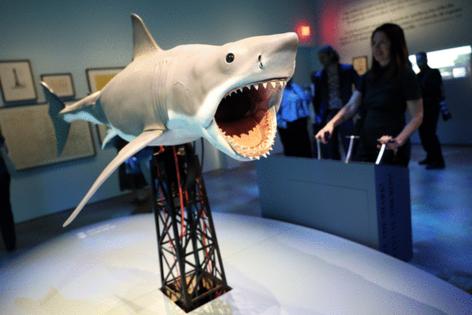
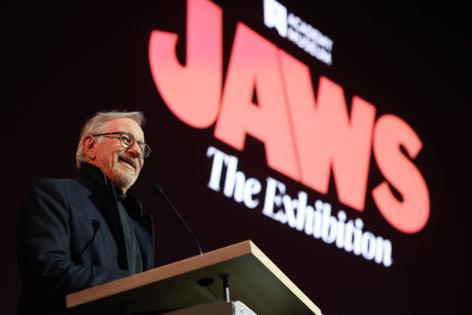


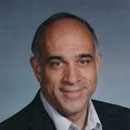


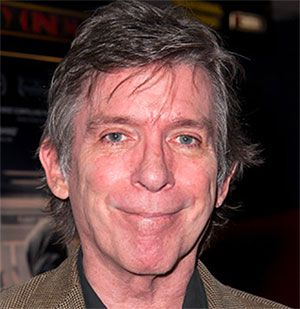


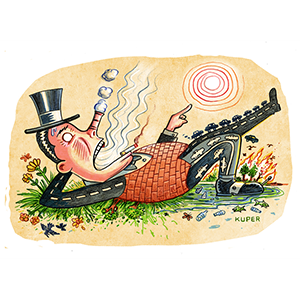
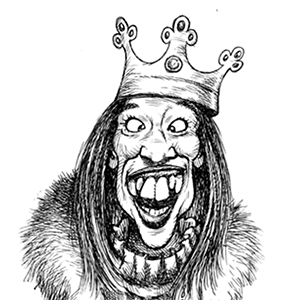



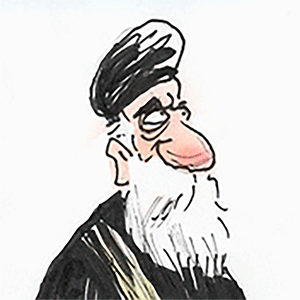
Comments